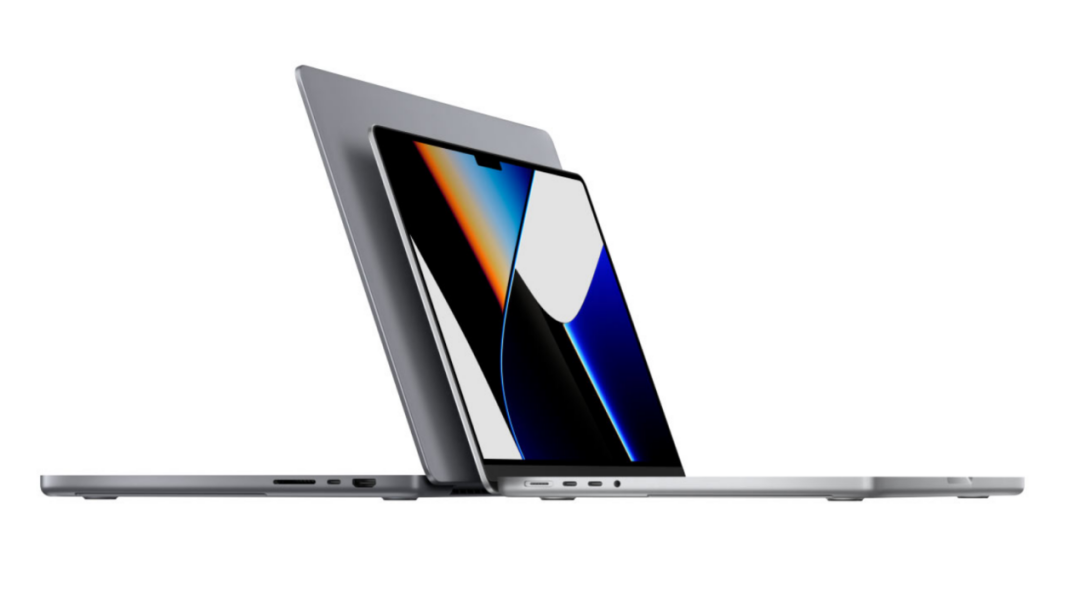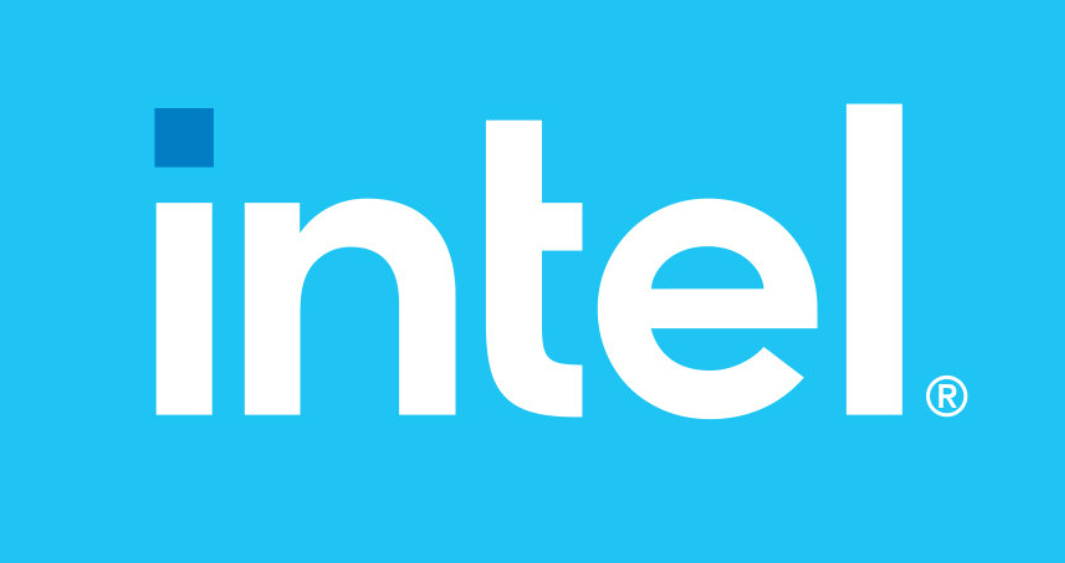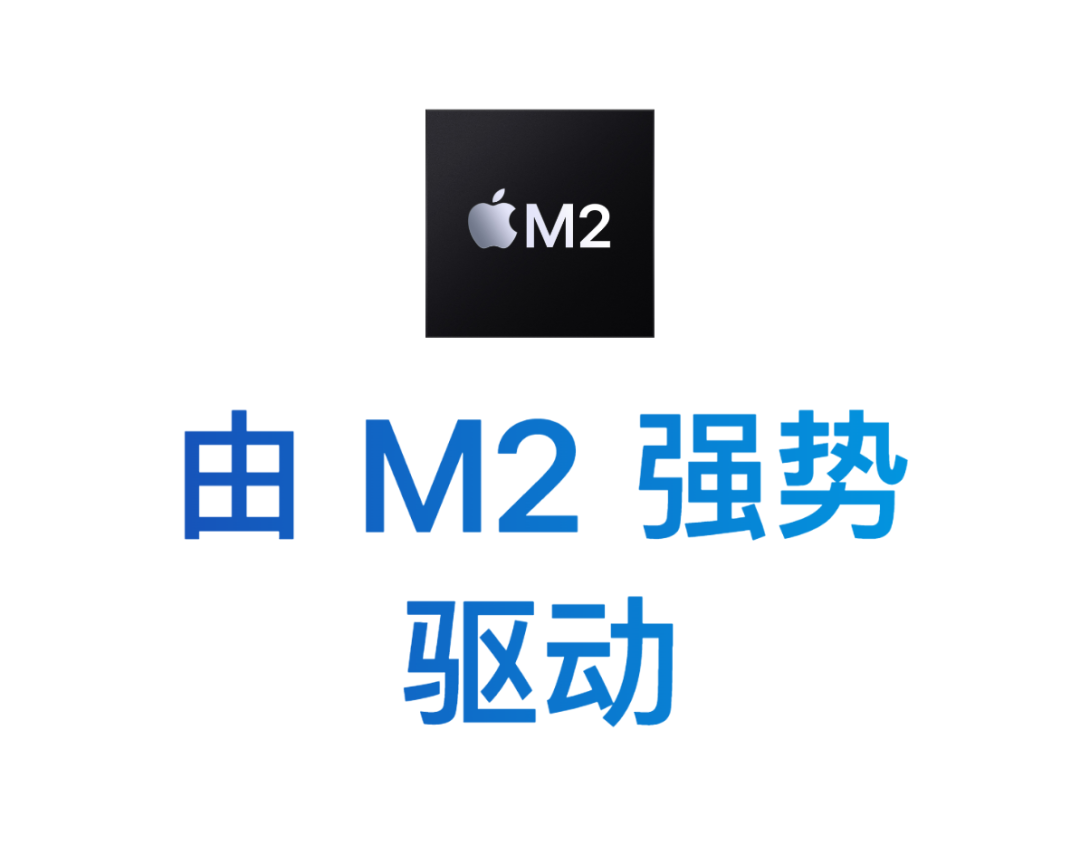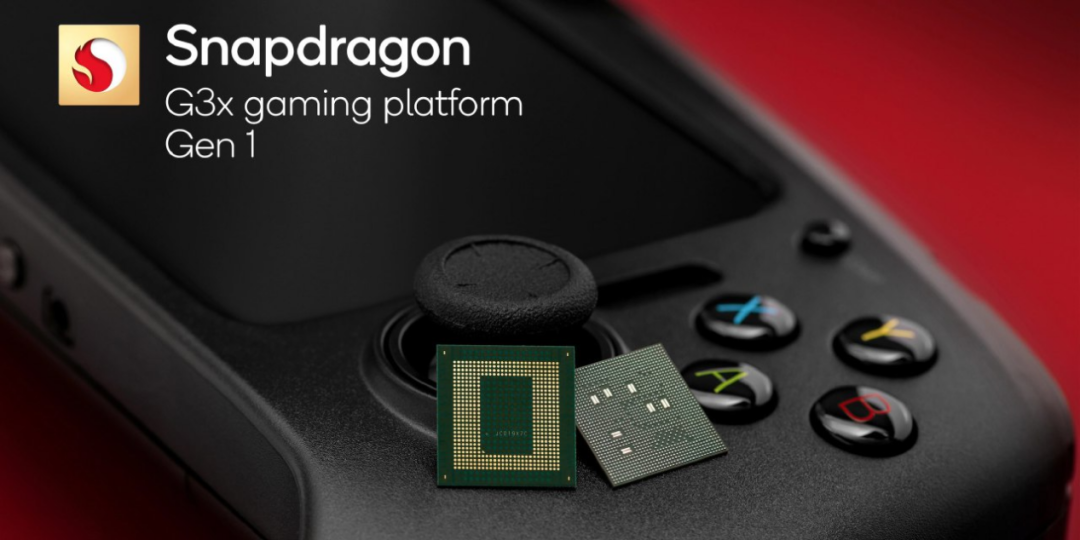With the development of electronic products, all manufacturers have set their next plans to build brand ecosystems, and brands are paying more attention to the interaction between their products. As a result, many manufacturers have launched Arm architecture laptops to facilitate integration and enhance performance.

According to reports from relevant media today, the Arm processor architecture is rapidly penetrating the laptop market and is expected to capture 13.9% of the market share in 2023, nearly a tenfold increase compared to 2020. The media pointed out that this is a significant trend in the laptop industry post-pandemic, as Intel’s dominant position in the laptop market is continuously being eroded. Furthermore, the laptop market saw a year-on-year decline of 22.8% in 2022, with shipments totaling 190 million units. However, it is expected that 2023 will be relatively stable, with shipment changes in single-digit percentages, and the industry consensus points to a balance point of around 200 million units shipped annually.

According to relevant media, the x86 architecture market has already been occupied by Intel and AMD. New brands launching x86 architecture chip products can only procure them at a high cost. Many manufacturers choose to bypass these obstacles and leverage their own ecosystem advantages to use Arm architecture, thereby reducing potential barriers during research and development.

At the end of 2020, Apple’s computers equipped with the M1 chip represented Apple’s commitment to building its ecosystem. Previously, Apple’s various computer series used Intel’s Core series chips. Since switching to its own M series chips, there have been significant improvements in power consumption and performance. However, the initial transition faced common issues associated with architecture changes—software compatibility problems. Fortunately, as many software announced compatibility later, this issue has been alleviated. Additionally, Qualcomm, a mobile chip manufacturer, has also begun producing Arm architecture computer chips. It previously released the Snapdragon G3x Gen1 platform specifically designed for gaming devices, which supports Android usage.

It is understood that this platform is equipped with an Adreno GPU, supporting sub-6GHz 5G, millimeter-wave 5G, and Wi-Fi 6E. Manufacturers can use it to create handheld gaming terminals similar to the Nintendo Switch or Steam Deck. Currently, this chip has been adopted by several manufacturers, including Razer and Huawei, and market feedback requires interested consumers to stay tuned.

Recent Article Highlights:
“Double Eleven” Purchase Recommendations, Ranging from Hundreds to Over 5000 Yuan
MediaTek Dimensity 9200 Released, Industry’s First 4nm Chip from TSMC, Vivo First to Launch
Foldable iPhone Global Debut! Produced by “Tech Aesthetics”
Apple iPhone 14 Pro Series Prices Rise Globally, Still in High Demand
Qualcomm and MediaTek Flagship Products Go Head-to-Head: Dimensity 9200 vs Snapdragon 8 Gen2
Dimensity 9200 and BOE Q9 High-Resolution Screen Both Debut, Vivo’s New Device is Well-Equipped
Business Cooperation: [email protected]
